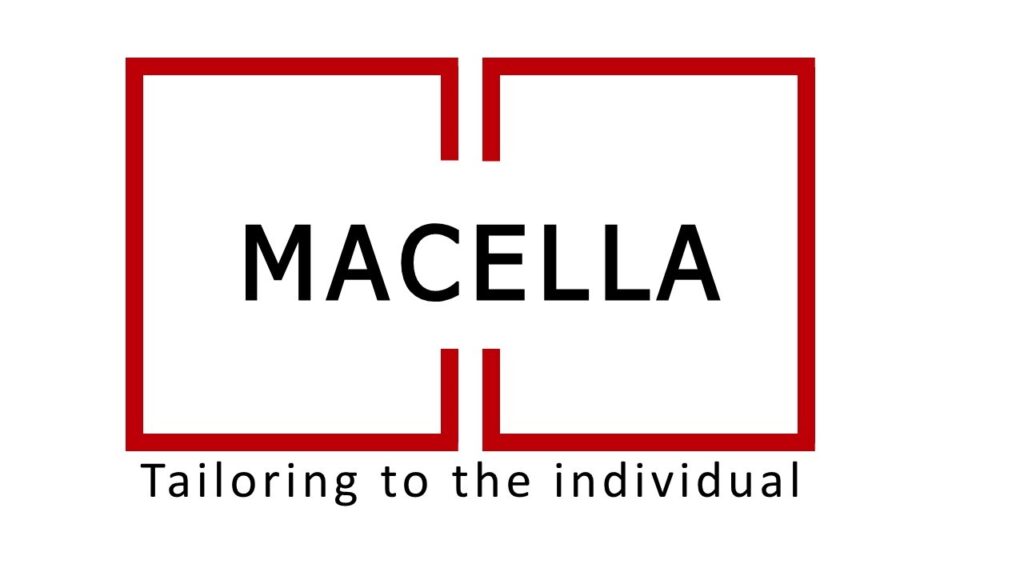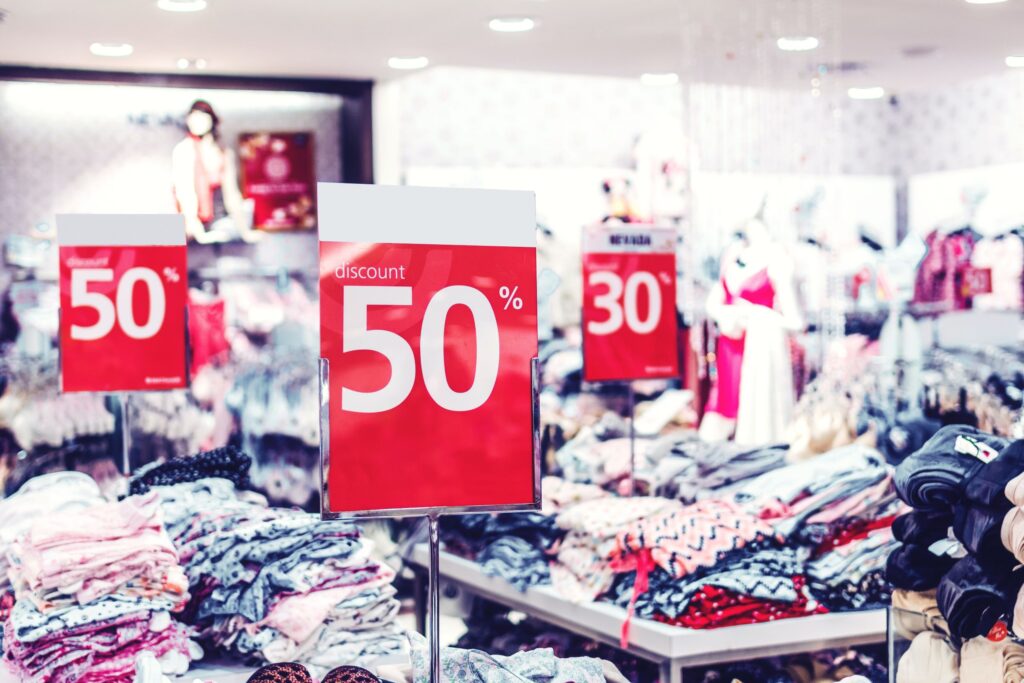Articles
Think before you buy
I recently walked past a store selling a cotton blouse for HKD 50 (USD 6). Cheap enough that one could just throw it away if it didn’t fit well or if it fell apart after one use. But with sustainability on everyone’s mind, I decided to investigate just what the cost of that blouse might be in terms of the resources used to create it.
Let’s start with the fabric. It takes 2,700 litres of water and 150 to 180 days to grow enough cotton to make one single blouse. Would you throw away anything that took you 6 months to make?
But let’s continue the journey and see where the cotton goes.
That cotton needs to be spun into yarn. That yarn needs to be woven into fabric which then needs to be dyed. The fabric would finally be ready to cut and sewn into a blouse. In an ideal world, these different facilities would be next door to each other but in reality, they are spread across the world.
Take, for example, a pink dress from ZARA which was the focus of a BBC article a few years ago. The Lyocell fibres are from trees in Europe which are transported 2,700 kms away to Egypt to be spun into yarn. The yarn is then shipped 6,800 kms to China to be woven into fabric which is then returned to Europe, this time to Spain, travelling 8,700 kms to be dyed into the exact shade of pink that the designers demand. The dyed fabric is then shipped 1,300 kms to Morocco to be cut and sewn into a dress.
This amounts to a shocking 19,500 kilometers of transport. My back of the envelope calculation tells me this amounts to 31 days of shipping time using 1,560 tons of fuel.
And the garment hasn’t even reached the stores yet!
Knowing the resources that have been consumed in the making of a blouse, we should – at the very bare minimum – be able to wear that blouse for at least a similar period of time. Do I think the HKD 50 blouse will last me 6 months? I do not. Do I think it is worth 2,700 litres of water and 1,560 tons of fuel? I do not.
The next time an item of clothing catches your eye, stop and think before you buy. Buy quality that will last and will justify the resources that have gone into its production. We only have one earth…let’s not waste it on HKD 50 blouses.
For anyone interested in learning more about the environmental impact of the choices we make, watch this video for a succinct summary.

